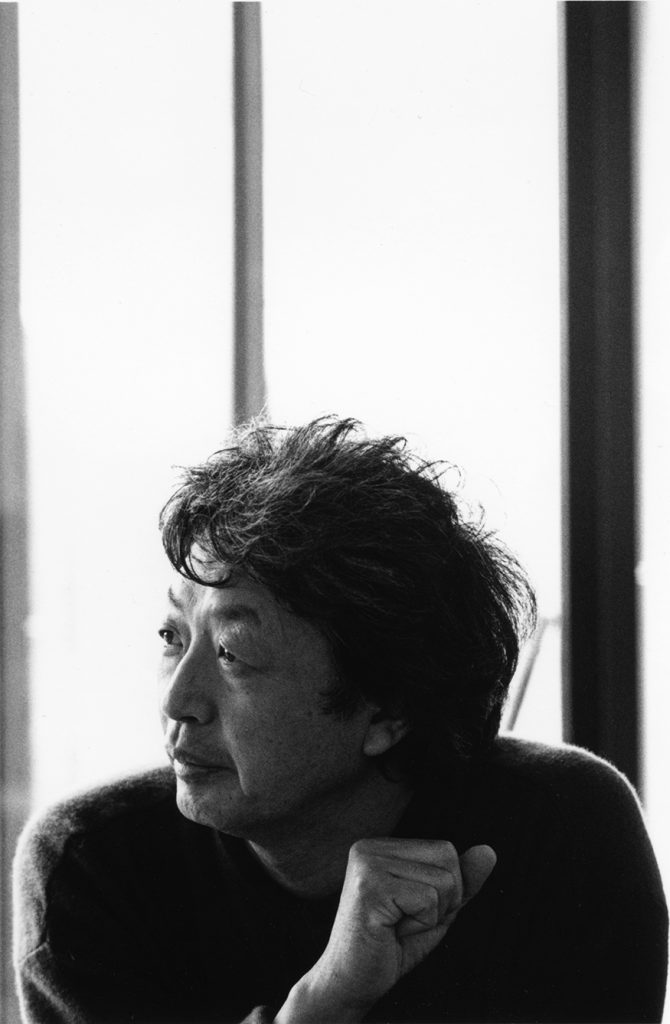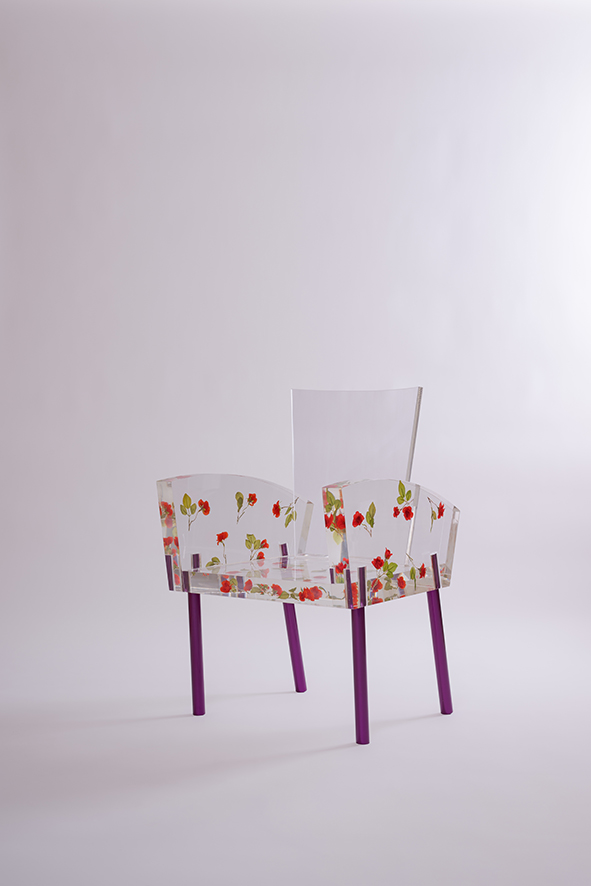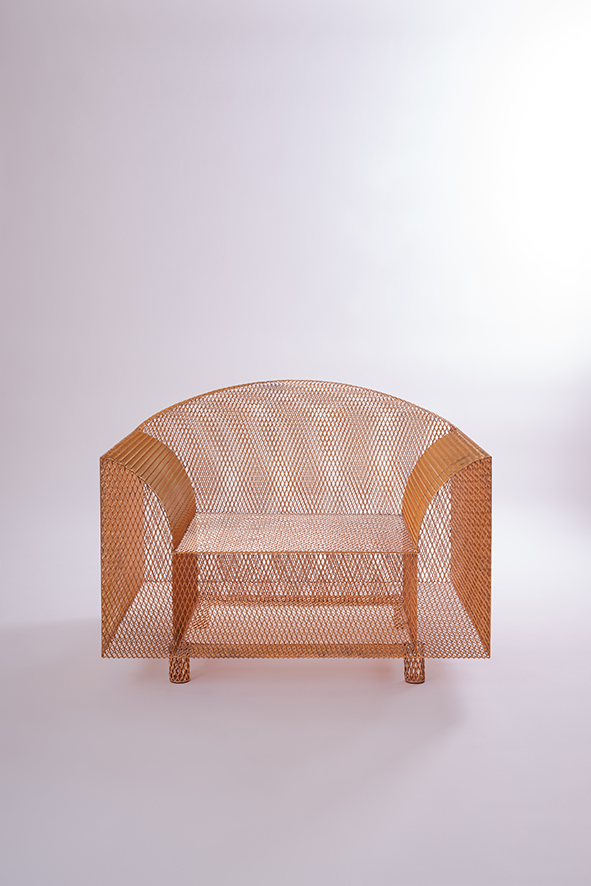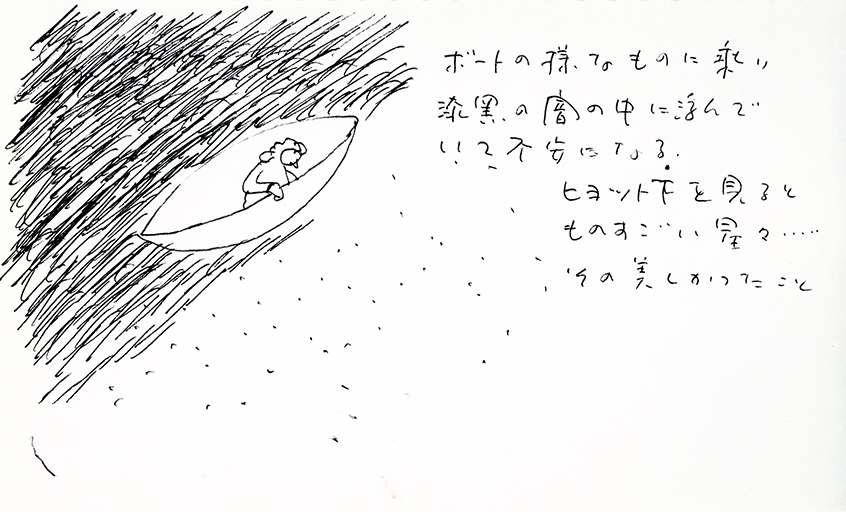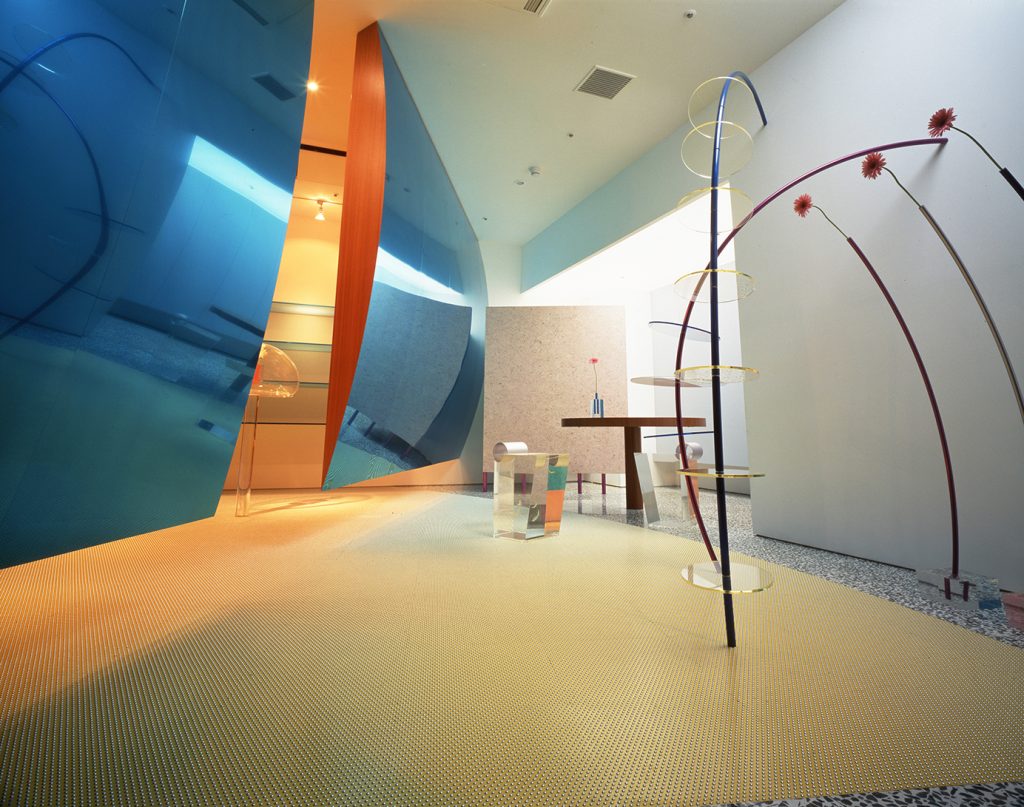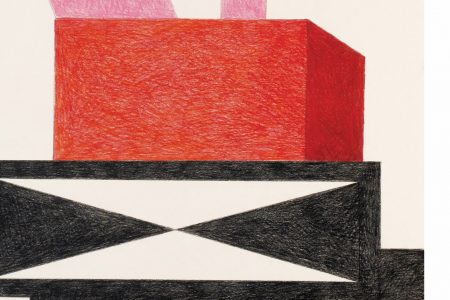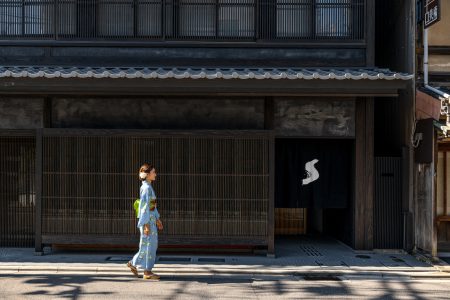The Work of Shiro Kuramata
From November 18-January 28, 2024, the Setagaya Art Museum presents a retrospective exhibition of legendary Japanese designer Shiro Kuramata.
Japanese museums are paying homage to Shiro Kuramata (1934-1991), a revolutionary designer who influenced late 20th century design and art in Japan, Italy and around the world through his innovative and avant-garde vision.
A retrospective exhibition that features furniture and interiors, as well as drawings and dream journals, The Work of Shiro Kuramata: A Microcosmos of Memory debuts at the Setagaya Art Museum in Tokyo, travelling to the Toyama Perfectural Museum of Art and Design and then to The National Museum of Modern Art in Kyoto. It offers not only the opportunity to see some of his most well-known furniture, objects and designs for iconic interiors, but it also brings deeper insight into his process and behind-the-scenes inspiration.
Kuramata graduated from a polytechnic high school in Tokyo in 1953, where he first learned technical skills for drawing and design, and then trained as a cabinet maker at the Kuwasawa Design School in 1954. He immediately began working on furniture commissions and then exploring architecture and interiors, opening his own studio in 1965. Throughout his career, Kuramata was in close contact and inspired by contemporary artists and creatives of all fields including Jiro Takamatsu, artist and founder of the avant garde group Hi Red Center, architect Tadao Ando and fashion designer Issey Miyake, with whom he would have a long and fruitful collaboration throughout his career. He designed his first retail store for Miyake in 1976 and worked on over 100 interior projects with him until his death in 1991.
Kuramata is well-known for his experimentation with materials such as acrylic, glass and steel. His ground-breaking Glass Chair from 1976 or the Miss Blanche Chair, made with transparent acrylic with floating roses, and inspired by the Tennessee Williams play, A Streetcar Named Desire, also reflects his interest in contemporary culture and mixing art and life. He once replied to an interviewer about what he believes to the most important in his work: “to generate communication, and to give rise to conversations between humans and objects.” (source: Exhibition Catalogue: The Work of Shiro Kuramata: A Microcosmos of Memory, 2023).
The Work of Shiro Kuramata: A Microcosmos of Memory is on view at the Setagaya Art Museum through January 28, 2024.
Toyama Prefectural Museum of Art and Design, February 17-April 7, 2024
The National Museum of Modern Art, Kyoto, June 11-August 18, 2024
www.setagayaartmuseum.or.jp/en
@setagayaartmuseum
www.tad-toyama.jp/en
@tad_toyamakenbi
www.momak.go.jp/English
@momakyoto
